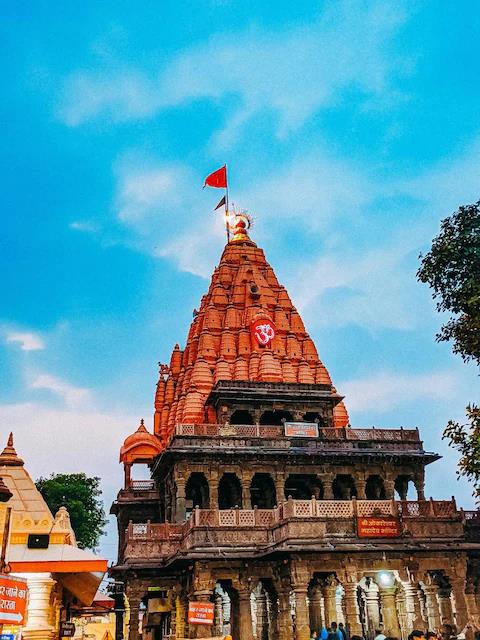
Ujjain is the oldest classical religious city located in Madhya Pradesh, Bharat. Also known as Avanti or Avantikapuri, it is nestled on the banks of the Kshipra River. This beautiful city is famous for its art, literature, science, astronomy, and trade. This ancient city boasts a history that spans over 5,000 years.
The word “Ujjain” is derived from the Prakrit language, meaning “garden.” In ancient times, the city had many huge, lush green gardens, hence the name Ujjain. In Sanskrit, the name Ujjain is derived from the word “Jai” which means “victory.”
The city of Ujjain is said to be the “City of Temples.” There are numerous temples located within the city of Ujjain, even if you carry two cartloads of rice and offer a handful of rice at each temple, the rice would run out and there would still be temples left to visit.
Kumbha Mela
Ujjain is one of the four cities where the Kumbh Mela, a major Hindu festival, is held in rotation. The event, which attracts millions of pilgrims, has a history spanning thousands of years and is considered one of the largest peaceful gatherings in the world.
Ujjain According to Different Puranas
The city had been mentioned in various Puranas and Vedas. Brahma Purana states that Ujjain is the drop-dead gorgeous city in the cosmos, as it is a combination of scenic beauty, artifice, education, knowledge, science, literature, and trade. The city has everything that the whole world can provide. Right from the basic lifestyle to higher levels, a man requires, i.e., spirituality to attain Moksha.
According to one of the 18 Mahapuranas, Garuda Purana states that, among the Sapta Moksha Puri, Avantika is considered the most predominant city, which liberates us from the cycle of birth and death and gives salvation.
According to the Skanda Purana, the Mangala Griha is said to have originated at this spot.
This Holy City of Ujjain has the Following:
84 Mahadevas: The different forms of Lord Shiva are worshiped here. Agasteshwar Mahadeva (bestows wisdom and spirituality), Abhimukteshwara Mahadeva (bestows courage and removes obstacles), and Rajasthaleshwar Mahadeva (blesses with leadership quality and just governance) are among the 84 Mahadevas of Ujjain.
64 Yoginis: Yoginis are the powerful female deities who are worshiped in the Tantrik way. Yoginis, or Shakti, are the different forms of goddess Durga.
8 Bhairavas: Also known as Ashta Bhairavas, they are the fierce forms of Lord Shiva. They provide protection and destroy the evil forces. They are the guardians of the city, who guard from the 8 cardinal directions. These are the eight forms of Bhairava: Asitaanga Bhairava, Chanda Bhairava, Kapala Bhairava, Krodha Bhairava, Unmatta Bhairava, Bhishana Bhairava, Ruru Bhairava, and Samhara Bhairava.
6 Vinayakas: There are the 6 Vinayakas, who are the remover of obstacles and bestow health, wealth, and prosperity on the devotees who worship them with great sincerity and bhakti. Pramod Ganesha, Chintamani Ganesha, Chor Ganesha, Modaka Priya Ganesha, Sthirman Ganesha, and Avigna Vinayaka are the 6 prominent Ganeshas of Ujjain.
Different Names of Ujjain
Avanti: The city of Ujjain is also called by other names such as Avanti, Avantikapuri, Avanti Nagari, and Avantika. The city was named Avanti because of Maharaja Avanti, who was the son of Kartavirya Arjuna, also known as Sahasarabhahu, who ruled this kingdom. He made Avanti his capital.
Ujjayini: A 5th- or 6th-century Sanskrit grammar scholar Panini has mentioned the name Ujjayini in his sutra “Striyamwanti Kurubhyashcha.”
Vishala: The city of Ujjain spreads over a vast area. Hence, this city is called Vishala.
Mahakalpuri or Shivapuri: Ujjain is called Mahakalpuri or Shivapuri because it is the holy abode of Baba Mahakal. Ujjain is called as the city of Mahakal, who is the Lord of time and death.
Kumudwati: It is a kind of flower similar to a water lily. It appears in water or yellow color. It blooms at night and is known as the romantic flower, known for its beauty and grace.
Vikrampuri: King Vikramaditya made Ujjain his capital; hence, this city came to be known as Vikrampuri.
Famous Rulers who ruled Avanti
King Bhartari
Also known as Baba Bharthari or Jogi Sant. He was the king of Ujjain before King Vikramaditya ascended the throne. Feeling dejected by the infidelity of his younger wife, he gave up his throne and made King Vikramaditya, the ruler of Ujjain. He then took Vairagya Diksha and became a disciple of Pattinathar (A saint from Poompuhar, Tamil Nadu).
King Vikramaditya
King Vikramaditya is known for his sharp intelligence, courage, wisdom, etc. He ruled during the 1st century and started the Vikrama Shatavahana Era. His courage and wisdom are clearly visible in Vikram Bethal’s stories. Vikram Bethal’s stories are famous even today.
Best Time to Visit Ujjain
October to March is the best time to visit Ujjain, since the weather is cool and pleasant.
Places to Visit Nearby Mahakaleshwar Temple, Ujjain
While the Mahakaleshwar Temple is the main attraction, Ujjain offers several other places of interest for visitors:
Kal Bhairava Temple: Dedicated to the fierce form of Lord Shiva. Liquor is offered as a part of worship. It is the most important temple after the Mahakaleshwar temple. He is said to be the protector of the city of Ujjain. The Tantrik type of worship is followed here.
Harsiddhi Temple: It is a significant pilgrimage dedicated to Goddess Harsiddhi. It is one of the Shakti Peethas, where the upper lip of Sati Devi fell.
Ram Ghat: This ancient ghat is situated on the banks of the Ksipra River. It is famous for the Kumbha Mela, which is held once every 12 years. Lakhs of devotees gather here to take a holy dip in the river.
Vedha Shala: It is also known as Jantar Mandir, built by Maharaja Jai Singh II. It is one of the Scientific heritage centers.
Mangalanath Temple: This temple is dedicated to Mars, or God Mangala. Devotees who have Mangala dosha perform Mangal Shanti Pooja here.
Chintaman Ganesha Temple: The presiding deity is Lord Ganesha. Three forms of Lord Ganesha are worshiped, namely Chintaman Ganesha (removes worries), Ichhaman Ganesha (fulfills desires), and Siddhivinayaka (bestows prosperity and success).
How to Reach Ujjain
If you plan to visit Ujjain and other sacred places, consider taking Tirtha Yatra’s world-famous spiritual Ujjain Yatra. All arrangements are well taken care of.
If you prefer to travel by yourself, here are a few options.
By Air: The nearest airport is Ahilya Bai Holkar Airport in Indore, and then hire a bus or taxi to reach the destination.
By Train: The nearest railway station is Ujjain Railway Station. From here, you can hire a taxi or an auto rickshaw for sightseeing in the city of Ujjain. Even bus facilities are available.
By Road: There are frequent buses available to Ujjain from nearby cities like Indore, Khargone, Jalgaon, Khandwa, Omkareshwar, Maheshwar, Dhar, and Bhopal. You can also hire a taxi or an auto rickshaw for sightseeing in the city of Ujjain.
0
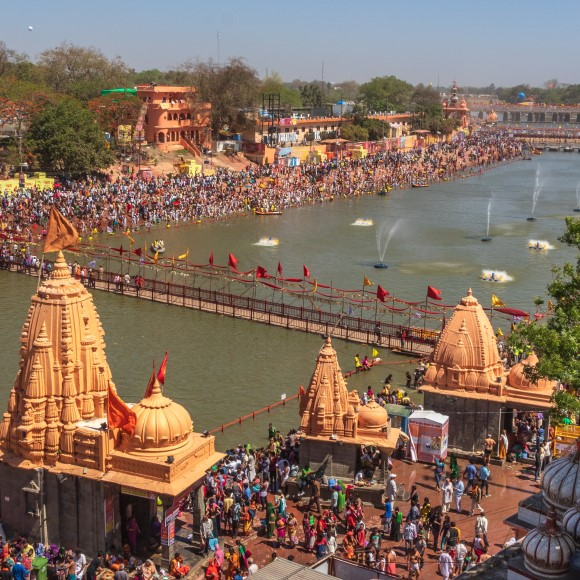

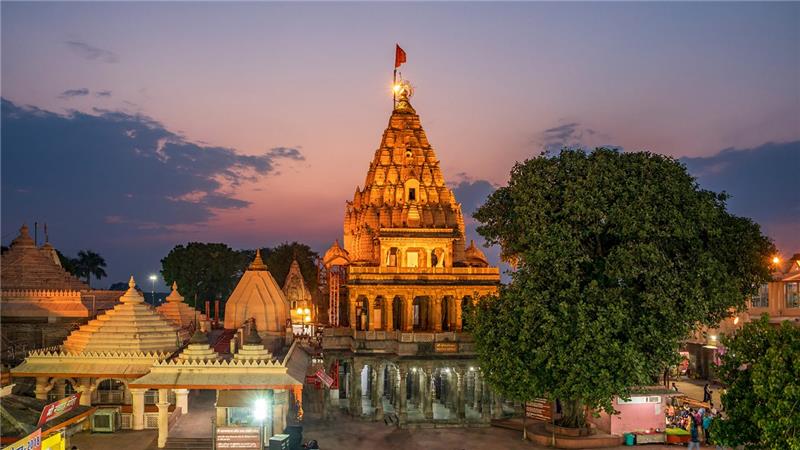
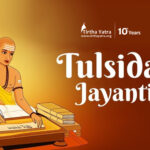
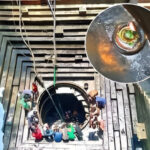
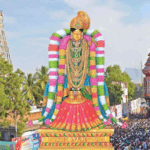


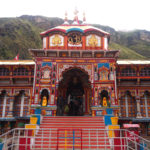
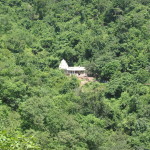
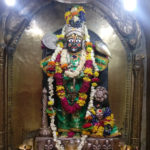
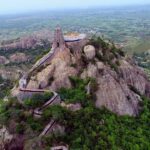
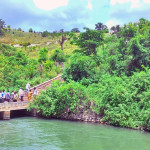
Leave a Reply